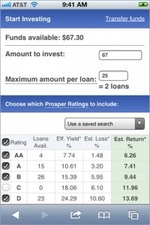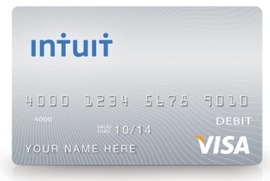 I glanced at my ING Direct eStatement alert today (screenshot below) to see what they had to say in the new year. The soon-to-be-Capital-One direct bank is usually pretty creative in its copywriting. And I was not disappointed today. Here’s the pitch inside the alert:
I glanced at my ING Direct eStatement alert today (screenshot below) to see what they had to say in the new year. The soon-to-be-Capital-One direct bank is usually pretty creative in its copywriting. And I was not disappointed today. Here’s the pitch inside the alert:

I love the idea of a “Social Network…of Savers,” a Facebook-like place where friends help each other keep spending in check and achieve politically correct savings goals such as the down payment on a home, the college fund, or a rainy day reserve.
But I don’t think the Facebook model works in the real world (note 1). Even though it might be interesting to follow your friends’ drunk spending (note 2), most users want this info to be kept VERY private (note 3). And in most circles, money accumulation is never openly discussed. Who wants to read about someone’s “trip to Tahiti” savings goal when you are trying to get off unemployment?
In its recent email, ING Direct is NOT looking to create the Facebook of savings in any way. While the bank celebrates savings throughout its marketing (e.g., Wethesavers.com), this email offer isn’t about sharing with your network, it’s about selling to your network to earn a $10 referral fee per new account, up to $500. And that’s OK, because everyone loves to share “found money.”
—————————-
ING Direct email (4 Jan 2012, 9 AM Pacific)

Referral landing page (link)
Note: There’s even a Flash demo of the referral split for the math challenged.

Notes:
1. I’m not saying that all sharing is a dead end. For example, sharing savings/spending goals can work very well within tight-knit groups such as extended families. And compiled/masked data about peer spending/savings is very promising (see Citi’s Bundle joint venture). Finally, there are numerous opportunities for “social investing” (our 2008 Online Banking Report on the subject), because it’s much more complicated and often openly discussed.
2. There is room for “social savings” in the context of sharing discounts, money-savings tips, and so on. But that’s not what ING Direct is talking about in this message.
3. Hence the pivots by the two “class of 2010” startups, Blippy and Swipely, which were founded on a “transaction-sharing” model.
4. And the bank makes its win-win. The new customer gets the biggest share, $25 for a savings account, a 70/30 split of the $35 up for grabs. New checking customers get $50, from an 85/15 split of $60.
5. For info on family banking, deposit gathering, transaction sharing, social investing, and much more, see our subscription newsletter, Online Banking Report.
 View their account balance, annualized return, and portfolio allocation
View their account balance, annualized return, and portfolio allocation










